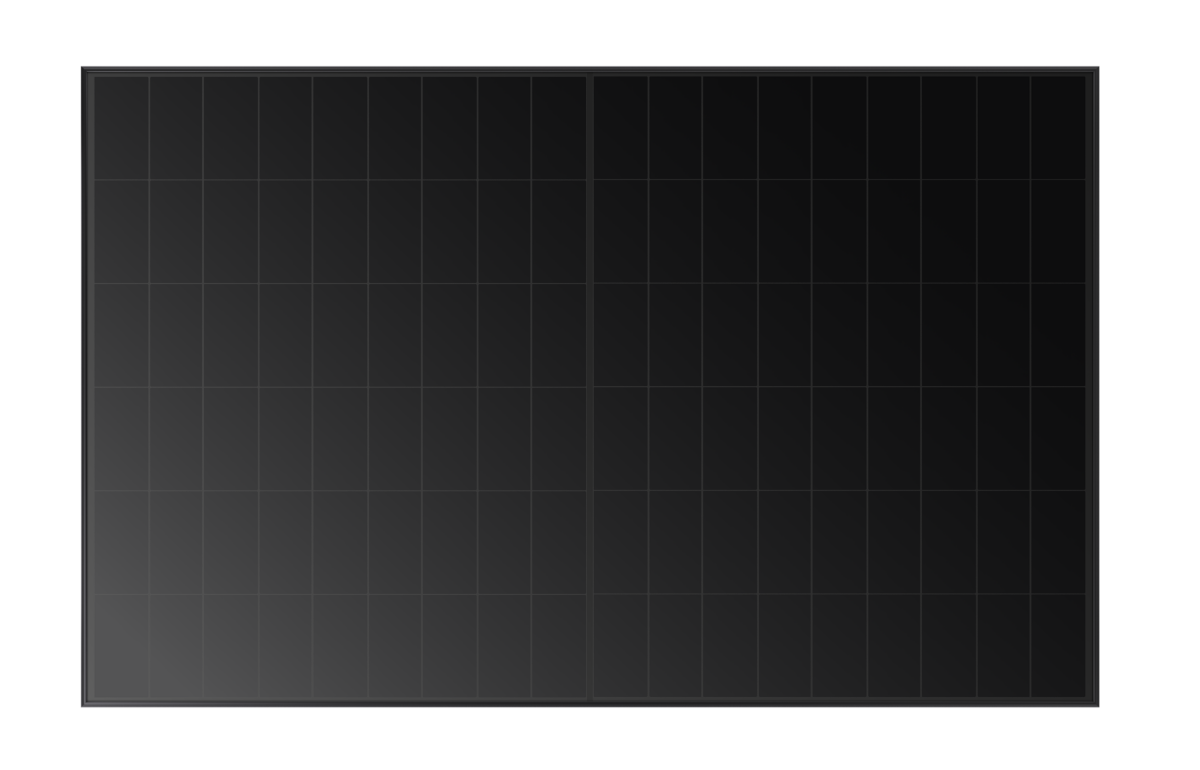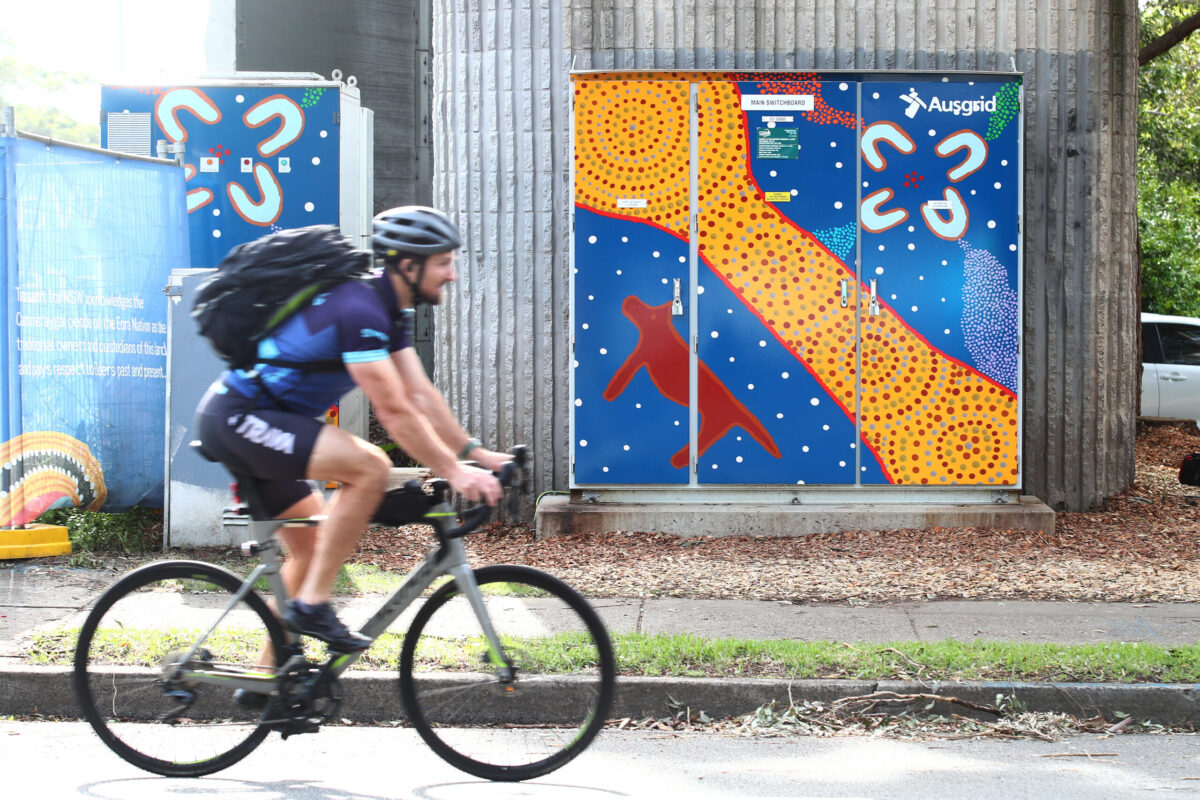Chinese solar module manufacturer Longi has unveiled a new bifacial n-type HJT solar module based on back-contact architecture at the Smarter-E trade show in Germany.
“This is the first time that heterojunction back contact technology has been successfully implemented in a commercialised module,” the manufacturer said in a statement. “The Hi-MO S10 delivers a world-leading cell efficiency of 27.6% and a module efficiency of up to 25.2%, setting a new benchmark for performance in the photovoltaic industry.”
The Longi Hi-Mo S10 panel features a power output ranging from 490 W to 510 W and a power per square metre ratio of 240.1 W/m² to 249.9 W/m²
The 54-cell module is available in five versions with power conversion efficiency ranging from 24.0% and 25.0% and a temperature coefficient of -0.24%/C.
It measures 1,800 mm × 1,134 mm × 30mm, weighs 23.5 kg and relies on a black anodized aluminum alloy frame, as well as on semi-tempered glass with thicknesses of 2.0mm and 1.6mm, respectively.
The new product comes with a 30-year linear power output warranty, with the 30-year end power output being guaranteed to be no less than 88.85% of the nominal output power. Module degradation is rated at 1% in the first year, while linear degradation is rated at 0.35% per year.
“Designed for durability it has a load capacity of 6000/3600 Pa,” the manufacturer added. “As a result, the module can withstand very high snow loads, equivalent to 4 m of snow pressure, as well as heavy storms, equivalent to a category 15 hurricane. Its Class A fire rating guarantees the highest safety standards.”
The modules are built with 182 mm n-type TaiRay wafers, touted as a breakthrough in silicon technology. These wafers reportedly enhance resistance consistency, minimise metal impurities, and provide superior mechanical strength.
“The full-back contact one-line welding structure reduces cell edge stress, improving the module’s anti-cracking performance. Furthermore, the wafer is 10 μm thicker than mainstream options, providing enhanced reliability and longevity,” Longi said. “The module also features bipolar passivation technology on its rear side lowering hotspot temperature by 38.75% compared to conventional TOPCon cells significantly reducing the likelihood of thermal events that could lead to fires.”
This content is protected by copyright and may not be reused. If you want to cooperate with us and would like to reuse some of our content, please contact: editors@pv-magazine.com.









By submitting this form you agree to pv magazine using your data for the purposes of publishing your comment.
Your personal data will only be disclosed or otherwise transmitted to third parties for the purposes of spam filtering or if this is necessary for technical maintenance of the website. Any other transfer to third parties will not take place unless this is justified on the basis of applicable data protection regulations or if pv magazine is legally obliged to do so.
You may revoke this consent at any time with effect for the future, in which case your personal data will be deleted immediately. Otherwise, your data will be deleted if pv magazine has processed your request or the purpose of data storage is fulfilled.
Further information on data privacy can be found in our Data Protection Policy.